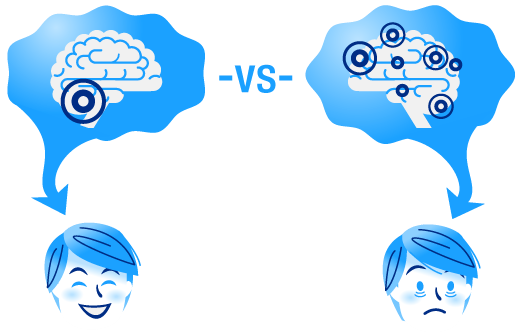
30 Jun Orexin receptor antagonists: A new class of sleeping pill
What are orexins?
Orexins (also called hypocretins) are chemicals that are naturally produced by an area of the brain called the hypothalamus. Orexins are involved in wakefulness and arousal; we know this, in part, because some people with narcolepsy (a sleep disorder that causes chronic sleepiness and involuntarily sleep) have a loss of orexin-producing neurons in that area of the brain.
Scientists identified orexins in 1998, and since then there has been considerable research into their role in regulating arousal and sleep, as well as their potential as a target for the treatment of sleep disorders like insomnia. The sleep aid, Suvorexant (brand name Belsomra(R)), which targets orexins, is the first of its kind to be approved by the FDA.
How do orexin sleep aids work?
Sleep aids that target orexin action are known as “orexin receptor antagonists,” which means that they block the signalling of the chemical orexin in the brain. Since this chemical plays a role in keeping people awake and alert, a medication that blocks its action has the potential to promote sleep.
How are orexin sleep aids different from other sleep aids?
Orexin sleep aids affect a different chemical system in the brain than other current prescription and non-prescription sleep aids. Many of the commonly prescribed sleep aids cause sleepiness by enhancing GABA—a wide-reaching inhibitory neurotransmitter in the brain. Orexin sleep aids block the brain’s receptors for the chemical orexin. Since they target a more localized area of the brain, the hope is that they will cause fewer side effects.
Story from Sleepfoundation.org https://sleepfoundation.org/sleep-news/orexin-receptor-antagonists-new-class-sleeping-pill

